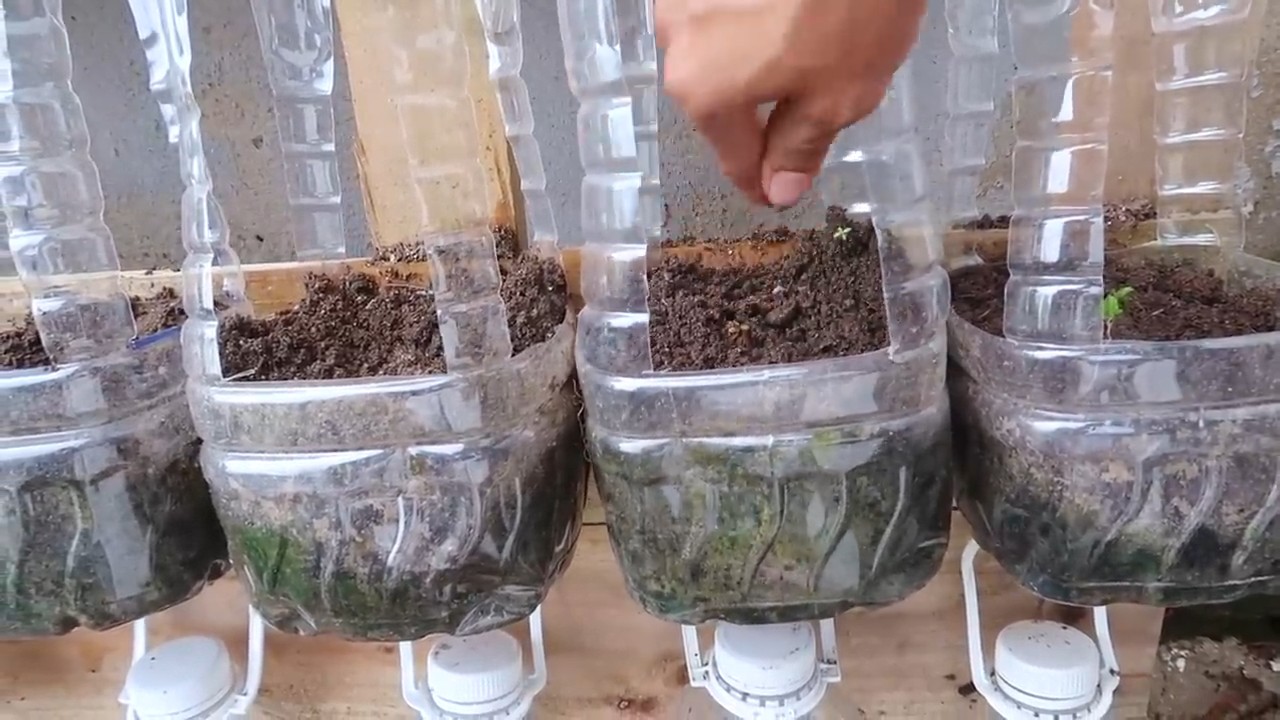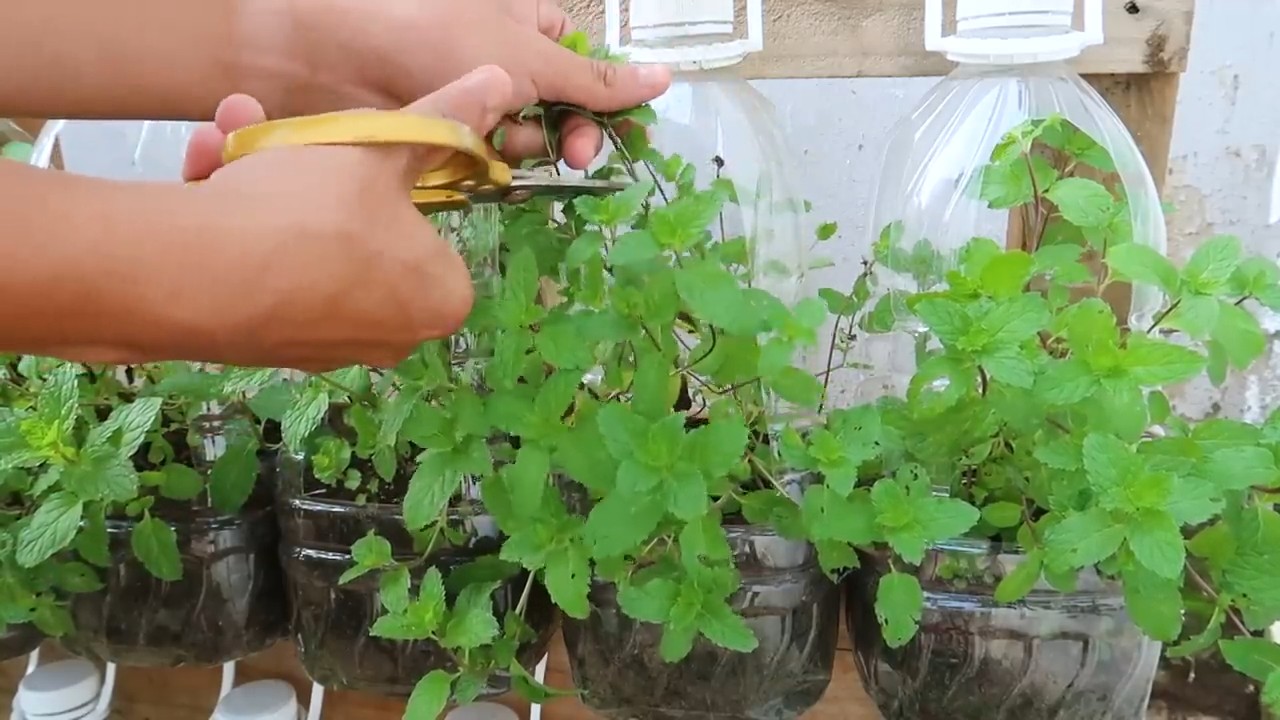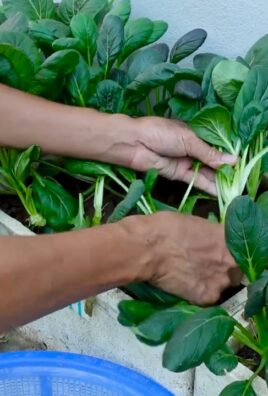Indoor Mint Growing Tips: Unlock the secrets to a fragrant and thriving indoor garden! Have you ever dreamed of snipping fresh mint leaves right from your kitchen windowsill to add a burst of flavor to your tea, cocktails, or culinary creations? I know I have! For centuries, mint has been cherished not only for its refreshing taste and aroma but also for its medicinal properties, dating back to ancient civilizations who used it for everything from digestive ailments to aromatherapy.
But let’s face it, sometimes growing mint indoors can feel like a battle against the odds. Yellowing leaves, leggy growth, and a general lack of vigor are common frustrations. That’s where these DIY tricks and hacks come in! I’m going to share my tried-and-true methods for ensuring your indoor mint thrives, regardless of your experience level.
This article is your ultimate guide to mastering indoor mint growing tips. We’ll cover everything from choosing the right pot and soil to providing optimal light and watering techniques. Say goodbye to store-bought mint and hello to a constant supply of fresh, homegrown goodness right at your fingertips. Let’s get started and transform your home into a minty oasis!

Growing Mint Indoors: A Beginner’s Guide to Fresh Flavor Year-Round
Hey there, fellow herb enthusiasts! Are you dreaming of fresh mint mojitos in the dead of winter, or maybe just want to add a vibrant touch of green to your indoor space? Well, you’re in the right place! Growing mint indoors is surprisingly easy, and I’m here to walk you through every step, from choosing the right pot to harvesting your fragrant bounty. Let’s get started!
Choosing Your Mint Variety and Container
Before we dive into the nitty-gritty, let’s talk about mint varieties and containers. Not all mints are created equal, and some are better suited for indoor growing than others.
* Popular Mint Varieties for Indoors:
* Spearmint: This is your classic mint, with a refreshing, slightly sweet flavor. It’s a great all-around choice for teas, cocktails, and culinary uses.
* Peppermint: A bolder, more intense flavor than spearmint, peppermint is perfect for candies, desserts, and digestive teas.
* Chocolate Mint: As the name suggests, this variety has a subtle chocolate aroma and flavor. It’s a fun addition to desserts and drinks.
* Apple Mint: A milder, fruitier mint with a hint of apple. It’s delicious in salads, fruit salads, and teas.
* Container Considerations:
* Size: Choose a pot that’s at least 6 inches in diameter and 6 inches deep. Mint likes to spread, so a larger pot is always better.
* Material: Terracotta, plastic, or ceramic pots all work well. Just make sure your pot has drainage holes to prevent waterlogging.
* Drainage: Proper drainage is crucial for healthy mint. Add a layer of gravel or pebbles to the bottom of the pot to improve drainage.
Setting Up Your Mint’s Home: Soil, Light, and Location
Now that you’ve chosen your mint and container, it’s time to create the perfect environment for it to thrive.
* Soil:
* Type: Use a well-draining potting mix. A mix of peat moss, perlite, and vermiculite works well. You can also add some compost for extra nutrients.
* pH: Mint prefers a slightly acidic to neutral soil pH (around 6.0-7.0).
* Light:
* Amount: Mint needs at least 6 hours of sunlight per day. A south-facing window is ideal.
* Supplementing Light: If you don’t have enough natural light, you can supplement with a grow light.
* Location:
* Temperature: Mint prefers temperatures between 65-75°F (18-24°C).
* Air Circulation: Good air circulation is important to prevent fungal diseases.
Planting Your Mint: A Step-by-Step Guide
Alright, let’s get our hands dirty! Here’s how to plant your mint:
1. Prepare the Pot: Fill your pot with potting mix, leaving about an inch of space at the top.
2. Planting from Seed:
* Sowing: Sprinkle the mint seeds evenly over the surface of the soil.
* Covering: Lightly cover the seeds with a thin layer of soil.
* Watering: Gently water the soil to moisten it.
* Germination: Keep the soil moist and warm. Seeds should germinate in 10-14 days.
3. Planting from Cuttings:
* Taking Cuttings: Take a 4-6 inch cutting from a healthy mint plant, just below a leaf node.
* Removing Lower Leaves: Remove the leaves from the bottom 2 inches of the cutting.
* Rooting: Place the cutting in a glass of water, making sure the leaves are above the water line.
* Planting: Once the roots are about an inch long, plant the cutting in the prepared pot.
4. Planting from a Store-Bought Plant:
* Gently Remove the Plant: Carefully remove the mint plant from its container.
* Loosen the Roots: Gently loosen the roots with your fingers.
* Planting: Place the plant in the prepared pot and fill in with potting mix.
5. Water Thoroughly: Water the newly planted mint thoroughly until water drains out of the bottom of the pot.
Caring for Your Indoor Mint: Watering, Fertilizing, and Pruning
Now that your mint is planted, it’s time to learn how to keep it happy and healthy.
* Watering:
* Frequency: Water your mint when the top inch of soil feels dry to the touch.
* Method: Water thoroughly until water drains out of the bottom of the pot.
* Overwatering: Avoid overwatering, as this can lead to root rot.
* Fertilizing:
* Frequency: Fertilize your mint every 2-4 weeks during the growing season (spring and summer).
* Type: Use a balanced liquid fertilizer diluted to half strength.
* Organic Options: Compost tea or fish emulsion are great organic options.
* Pruning:
* Purpose: Pruning encourages bushier growth and prevents the plant from becoming leggy.
* Method: Pinch off the top leaves of the stems regularly.
* Flowering: Remove any flower buds that appear, as flowering can reduce the flavor of the leaves.
Dealing with Pests and Diseases
Even indoors, your mint can be susceptible to pests and diseases. Here’s how to deal with them:
* Common Pests:
* Aphids: Small, green insects that suck sap from the leaves.
* Spider Mites: Tiny mites that create webs on the leaves.
* Whiteflies: Small, white, flying insects that feed on the leaves.
* Pest Control:
* Insecticidal Soap: Spray the plant with insecticidal soap to kill pests.
* Neem Oil: Neem oil is a natural insecticide that can be used to control pests.
* Handpicking: You can also handpick pests off the plant.
* Common Diseases:
* Powdery Mildew: A white, powdery fungus that grows on the leaves.
* Root Rot: A fungal disease that causes the roots to rot.
* Disease Control:
* Good Air Circulation: Ensure good air circulation to prevent fungal diseases.
* Avoid Overwatering: Avoid overwatering to prevent root rot.
* Fungicide: If necessary, use a fungicide to control fungal diseases.
Harvesting Your Mint: Enjoying the Fruits (or Leaves!) of Your Labor
The best part of growing mint is, of course, harvesting it!
* When to Harvest:
* Timing: You can start harvesting mint as soon as the plant is a few inches tall.
* Frequency: Harvest regularly to encourage new growth.
* How to Harvest:
* Method: Use scissors or pruning shears to cut the stems just above a leaf node.
* Amount: Don’t harvest more than one-third of the plant at a time.
* Using Your Mint:
* Fresh: Use fresh mint in teas, cocktails, salads, and other dishes.
* Drying: Dry mint by hanging it upside down in a cool, dry place.
* Freezing: Freeze mint leaves in ice cube trays for later use.
Troubleshooting: Common Problems and Solutions
Even with the best care, you might encounter some problems along the way. Here are some common issues and how to fix them:
* Yellowing Leaves:
* Possible Causes: Overwatering, underwatering, nutrient deficiency.
* Solutions: Adjust watering schedule, fertilize the plant.
* Leggy Growth:
* Possible Causes: Insufficient light.
* Solutions: Move the plant to a sunnier location or supplement with a grow light.
* Slow Growth:
* Possible Causes: Nutrient deficiency, poor soil.
* Solutions: Fertilize the plant, repot with fresh potting mix.
* Pests:
* Possible Causes: Introduction of pests from

Conclusion
So, there you have it! Mastering the art of indoor mint growing is not only achievable but also incredibly rewarding. We’ve explored the simple yet effective techniques that will transform your windowsill into a thriving herb garden, providing you with a constant supply of fresh, aromatic mint for all your culinary and beverage needs.
Why is this DIY approach a must-try? Because store-bought mint, while convenient, often lacks the robust flavor and freshness of homegrown varieties. Plus, cultivating your own mint indoors is a sustainable and cost-effective way to enjoy this versatile herb year-round, regardless of the season or your geographical location. Imagine the satisfaction of snipping fresh mint leaves for your morning tea, a refreshing mojito, or a vibrant salad, knowing that you nurtured them from tiny seedlings or cuttings.
But the benefits extend beyond just flavor and convenience. Growing mint indoors can also be a therapeutic and stress-relieving activity. The simple act of tending to your plants, observing their growth, and inhaling their invigorating scent can have a calming effect on the mind and body. It’s a small but significant way to connect with nature, even within the confines of your home.
Don’t be afraid to experiment with different varieties of mint. Peppermint, spearmint, chocolate mint, and even apple mint each offer unique flavors and aromas that can add a delightful twist to your culinary creations. Consider planting a combination of varieties to create a diverse and flavorful herb garden. You can also explore different container options, from classic terracotta pots to repurposed jars and even vertical planters, to create a visually appealing and space-saving display.
Another variation to consider is hydroponic mint growing. This method involves growing mint in water without soil, using nutrient-rich solutions to provide the plants with the necessary sustenance. Hydroponics can be a great option for those with limited space or those who want to minimize the risk of soilborne diseases.
We encourage you to embark on this exciting journey of indoor mint growing. It’s a simple, rewarding, and sustainable way to enhance your culinary experiences and connect with nature. Don’t be intimidated by the prospect of gardening indoors. With a little bit of knowledge, patience, and care, you can create a thriving mint garden that will bring joy and flavor to your life.
Most importantly, we want to hear about your experiences! Share your tips, tricks, and successes (and even your challenges!) in the comments below. Let’s create a community of indoor mint enthusiasts who can learn from each other and inspire others to embrace the joys of homegrown herbs. What variety of mint did you choose? What growing medium worked best for you? What creative ways have you found to use your homegrown mint? Your insights could be invaluable to other readers who are just starting out. So, go ahead, get your hands dirty, and let’s grow some mint together!
FAQ
Frequently Asked Questions About Growing Mint Indoors
1. What is the best location for growing mint indoors?
The ideal location for your indoor mint plant is a spot that receives at least 4-6 hours of direct sunlight per day. A south-facing windowsill is often the best choice, but east- or west-facing windows can also work if they provide sufficient light. If you don’t have access to enough natural light, you can supplement with a grow light. Position the grow light a few inches above the plant and keep it on for 12-16 hours per day. Remember that insufficient light can lead to leggy growth and a less flavorful herb.
2. What type of soil is best for indoor mint growing?
Mint thrives in well-draining soil that is rich in organic matter. A good potting mix specifically formulated for herbs is an excellent choice. You can also create your own mix by combining equal parts of potting soil, perlite, and compost. Perlite helps to improve drainage, while compost provides essential nutrients. Avoid using garden soil, as it can be too heavy and may contain pests or diseases. Ensure your container has drainage holes to prevent waterlogging, which can lead to root rot.
3. How often should I water my indoor mint plant?
Water your mint plant regularly, keeping the soil consistently moist but not soggy. The frequency of watering will depend on factors such as the size of the pot, the type of soil, and the temperature and humidity of your home. A good rule of thumb is to water when the top inch of soil feels dry to the touch. Avoid overwatering, as this can lead to root rot. When watering, water thoroughly until excess water drains out of the drainage holes.
4. How do I fertilize my indoor mint plant?
Mint is a relatively heavy feeder, so it benefits from regular fertilization. Use a balanced liquid fertilizer diluted to half strength every 2-4 weeks during the growing season (spring and summer). Look for a fertilizer that is specifically formulated for herbs or vegetables. Avoid over-fertilizing, as this can lead to excessive growth and a less flavorful herb. You can also amend the soil with compost or worm castings to provide a slow-release source of nutrients.
5. How do I prune my indoor mint plant?
Pruning is essential for maintaining a healthy and productive mint plant. Regularly pinch back the tips of the stems to encourage bushier growth and prevent the plant from becoming leggy. You can also harvest leaves as needed for culinary use. When harvesting, cut the stems back to just above a leaf node. This will encourage new growth from that point. Remove any yellowing or dead leaves to prevent the spread of disease.
6. How do I propagate mint indoors?
Mint is incredibly easy to propagate, making it a great plant for beginners. The easiest method is to take stem cuttings. Simply cut a 4-6 inch stem from a healthy plant, remove the lower leaves, and place the cutting in a glass of water. Roots should begin to form within a week or two. Once the roots are about an inch long, you can transplant the cutting into a pot filled with potting mix. You can also propagate mint by dividing the root ball of an established plant.
7. What are some common pests and diseases that affect indoor mint plants?
While mint is generally pest-resistant, it can occasionally be affected by aphids, spider mites, or whiteflies. These pests can be controlled with insecticidal soap or neem oil. Root rot is a common disease that can affect mint plants that are overwatered. To prevent root rot, ensure your plant is in well-draining soil and avoid overwatering. Powdery mildew can also be a problem, especially in humid environments. Improve air circulation around the plant and avoid wetting the leaves when watering to prevent powdery mildew.
8. Can I grow different varieties of mint together in the same pot?
While it’s tempting to grow multiple varieties of mint together, it’s generally not recommended. Mint is a vigorous grower and can quickly spread and overtake other plants. Different varieties of mint can also cross-pollinate, resulting in unpredictable flavors and aromas. It’s best to grow each variety of mint in its own separate pot to prevent these issues.
9. How do I overwinter my indoor mint plant?
Mint is a perennial plant, meaning it can live for several years. However, it may go dormant during the winter months. To overwinter your indoor mint plant, reduce watering and fertilization. Place the plant in a cool, bright location. You can also cut the plant back to a few inches above the soil line. New growth should emerge in the spring.
10. How can I use my homegrown mint?
The possibilities are endless! Fresh mint can be used in a wide variety of culinary applications, including teas, cocktails, salads, desserts, and sauces. It can also be used to make mint jelly, mint syrup, and mint-infused oils. Mint is also a popular ingredient in aromatherapy and can be used to make essential oils and potpourri. Get creative and experiment with different ways to incorporate your homegrown mint into your daily life.




Leave a Comment